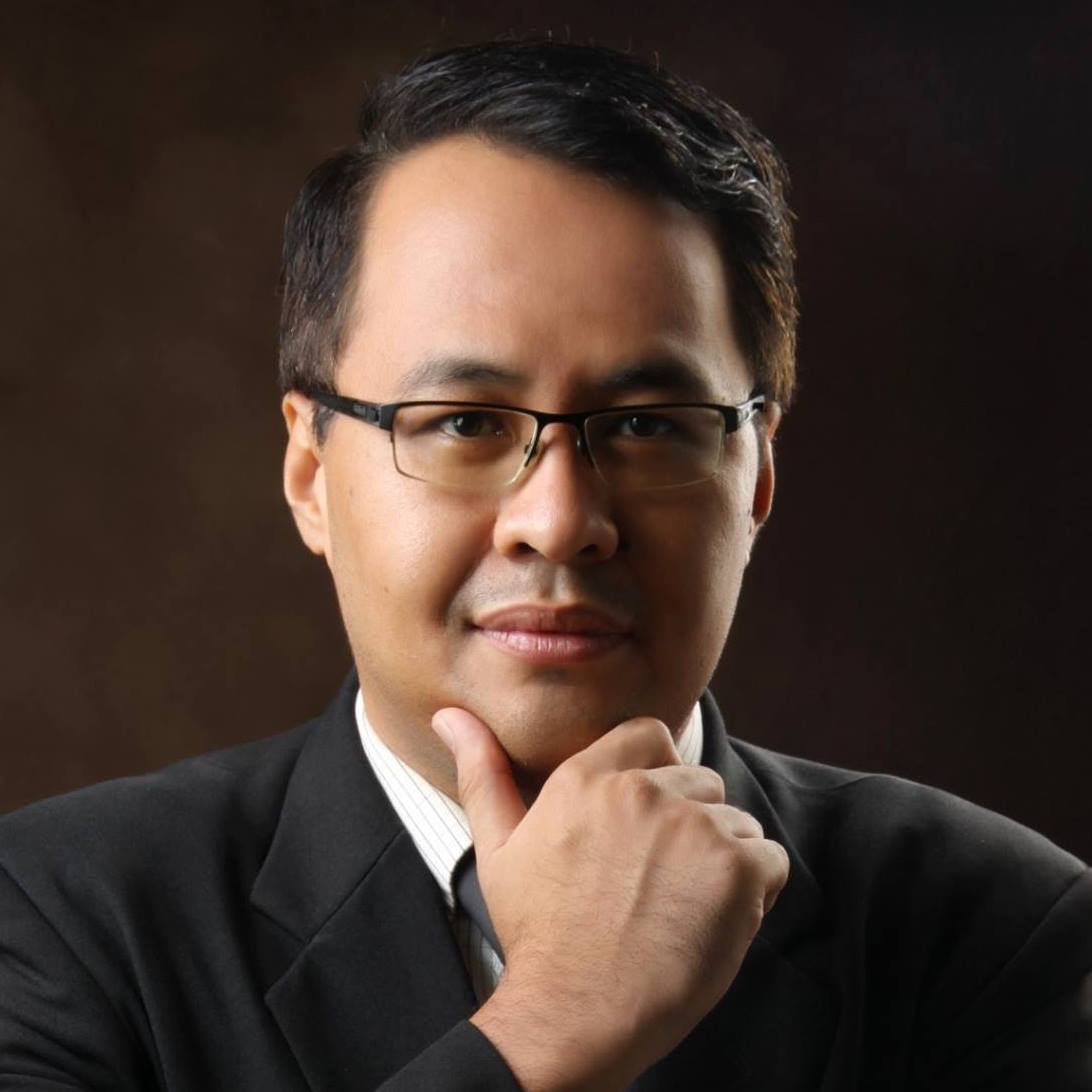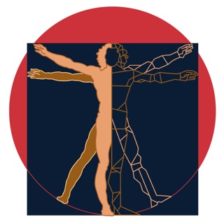The proposed Maharlika Investment Fund (MIF), touted as the country’s inaugural sovereign wealth fund, has garnered significant attention. Supporters project that the MIF will effectively harness national funds, yield substantial returns, and make a significant contribution to the Medium-Term Fiscal Framework, the 8-point Socioeconomic Agenda, and the Philippine Development Plan 2023-2028. The MIF is said to encompass a diverse range of assets, including foreign currencies, fixed-income instruments, real estate, and impactful infrastructure projects. This broad spectrum of investments could lead to higher potential economic returns.
However, this proposed fund has been met with controversy and skepticism. Critics express concerns that it may be a conduit for corruption and question the country’s ability to divert surplus funds for investment amid its current budget constraints and ongoing developmental needs. The financial burden of the COVID-19 pandemic has only compounded these budgetary difficulties. In a gathering of businessman that I recently attended, an eminent, multi-awarded, multi-book author, Harvard trained economist, with significant experience in government finances, has only two words to describe the MIF – “bad idea.”

Amid the surging tide of skepticism and critique, I present a unique perspective, a contrarian analysis if you will. My hypothesis postulates that the Marcoses will employ the MIF as a conduit to inject the purportedly ill-gotten wealth they gained from the late Marcos Sr. into the economy. Although various sources estimate this fortune to be within a range of $5 billion to a staggering more than $30 billion, I even contend that the actual sum may significantly surpass these projections.
The notion that the current Marcos administration would pilfer from the Maharlika Investment Fund (MIF) to enrich themselves seems incongruous, especially when the Marcos family is reputed to have considerable wealth. A notable instance from the past buttresses this idea; around 2001, as reported by Vera files, a Marcos family member attempted to transfer a whopping $13.2 billion from a Swiss bank to a bank in Germany. That is not to mention the many accounts – over 170 according to an interview done by GMA7 with Imelda Marcos about nine years ago – where Ferdinand Marcos Sr. is said to have deposited significant funds. During that very interview, Imelda Marcos requested the reporter to peruse a particular document. As the journalist read aloud the sum stated in the document – ‘over $200 million U.S. dollars,’ Imelda swiftly interjected to rectify the mistake. The figure was in the ‘billions’, not merely millions, she clarified, noting that it was just one of many such accounts. When queried about her willingness to bestow this wealth upon the Filipino populace, she responded that it was not merely for the Filipinos, ‘This could save the world,’ she optimistically added. If these reports hold, the Marcos family certainly possesses wealth ‘beyond compare,’ which begs the question – why would they seek more?
I call my theory, the “Theory of Marcos Legacy rehabilitation” and I base it on several points of seeming evidence and by reading between the lines of what has transpired throughout the years.
First of all, take note that the Marcos family has repeatedly sought to reconcile the issue of the supposed ill-gotten wealth with the Philippine government, no doubt one of their attempts to restore their legacy (by of course making the counter offer to drop the charges against them) Their persistent efforts to place the late President Marcos Sr. in the revered Libingan nang mga Bayani, a controversial move which was ultimately successful thanks to their support of former President Duterte, is an unmistakable attempt to rehabilitate their legacy. President Duterte himself, during his tenure, mentioned discussions with the Marcoses about the return of their alleged ill-gotten wealth, a process that seemed to stall under his administration but might finally gain traction now that the Marcoses are fully in power.
Further evidence supporting my theory includes accusations that the Marcoses employed disinformation strategies during Bongbong Marcos’ presidential campaign to play down rights abuses and corruption under his father’s regime. The release of a ‘positive’ Marcos movie in 2022 while raising concerns about the family’s potential rewriting of history, is a move that perfectly aligns with my theory.
Before delving further, it is crucial to clarify my stance. I am not an advocate of the Marcos regime, nor do I condone any form of historical revisionism or denial that Marcos Sr.’s allegedly acquired ill-gotten wealth. My purpose is not to defend their actions, but to provide a differing viewpoint that may reveal the plausible objective underlying the MIF. My stance may seem like playing ‘devil’s advocate’, but it is an essential step in unearthing potential truths about the MIF’s intent
Now let me continue, in the light of my arguments above, it appears unlikely that the Marcoses, given their focus on restoring their legacy, would establish the MIF merely to siphon off funds. Instead, it could serve as the conduit through which they reintroduce their alleged ill-gotten wealth back into the economy, aiding their quest for a rehabilitated legacy. The exact mechanics of how this would be executed however still eludes me.
Take note further that the MIF bill has been championed primarily by the Marcoses and their allies, with Speaker Martin G. Romualdez, a cousin of President Bongbong Marcos, being the principal author. The bill has also been certified as urgent by President Marcos and a recent news report said that the president will sign it immediately once it arrives in his office. Comments by Government finance offices predict that the MIF bill together with the passage of a proposed new bill on Public Private Partnership (PPP Act) will spur infrastructure spending. This further bolsters my theory further. Infrastructure development is a surefire way to establish a lasting presidential legacy, and if the Marcoses can channel their supposed ill-gotten wealth, or just even its interest, into the MIF for this purpose, they will not only prove their critics wrong but also build a praiseworthy rehabilitated legacy. Moreover, it appears unlikely that the Marcoses would jeopardize their reputation and put their legacy restoration efforts at risk by misappropriating funds from the MIF. It seems more plausible that President Bongbong Marcos aims to capitalize on the success of the MIF to fortify his own legacy as an effective leader. By doing so, he may be able to soften the blow of the less favorable aspects of his family’s history and, in a way, contribute towards the rehabilitation of his late father’s legacy and the legacy of their family in general.
As I draw to a close, I find it important to reiterate that this is merely a theory of mine. There exists a possibility that I could be off-target, or conversely, my insights could hit the mark. However, the convergence of compelling evidence, combined with the Marcoses unyielding determination to advance the MIF, renders my theory compellingly plausible.
With a solidified legacy, the Marcoses could potentially extend their influence for many years to come. Although this is not the primary concern for the time being, it certainly merits thoughtful consideration. However, the immediate focus ought to be the potential benefits of the MIF to the Filipino people. If the Marcoses choose to utilize the MIF as a route towards redemption, the ultimate judgment should be left to the annals of history. What truly matters is the capacity of the MIF to usher in the essential capital for infrastructure development – an area in which our nation is notably deficient, especially when juxtaposed with our ASEAN counterparts. It is a pressing requirement, a leap we must take to catch up with our neighboring nations. From a practical standpoint, if the MIF holds the promise to fulfill this need, then its expeditious implementation ought to be given priority and therefore I say YES to the Maharlika Investment Fund.
 Hi ! my name is Zigfred Diaz. Thanks for visiting my personal blog ! Never miss a post from this blog. Subscribe to my full feeds for free. Click here to subscribe to zdiaz.com by Email
You may also want to visit my other blogs. Click here to learn more about great travel ideas.
Hi ! my name is Zigfred Diaz. Thanks for visiting my personal blog ! Never miss a post from this blog. Subscribe to my full feeds for free. Click here to subscribe to zdiaz.com by Email
You may also want to visit my other blogs. Click here to learn more about great travel ideas.

This theory may differ from mainstream opinions about the MIF, but has logical sense in the possible main motive of the Marcoses. Not sure if true but president bong bong himself asked the house of representatives to remove the president and the Bangko Sentral chief from the fund. Now who he appoints to take care and manage the fund is the one that gives intrigue.